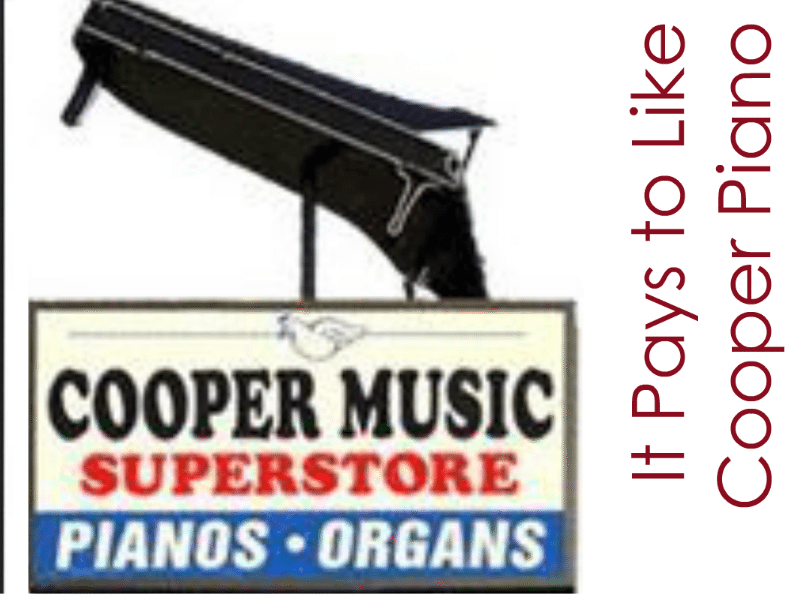OK, so at this point, you might be tired of every company on Earth begging you to “Like” them on Facebook. We
Just ask Mike Whitmore, who won an $800 Casio Previa PX-150 digital player piano, stand, and pedal set!
Mr. Whitmore (hi Mike!) was part of our annual summer Facebook contest, where we played a modern version of “Name That Tune” on our state-of-the-art player pianos. It as a lot of fun for everyone involved, and our lucky winner got to take home a great digital piano just by following us on Facebook.
The Name That Tune Player Piano Challenge
The rules were simple: Twice a week, for twelve weeks, we posted up a snippet of our player pianos playing a song, and whoever correctly named the tune and artist got 2.5 points. Twelve weeks and twenty-four songs later, Mike Whitmore emerged triumphant, showing that he has a real ear for music!
The Casio PX-150 he received is a great digital piano, perfect for independent musicians who need a keyboard that can act as both a touring instrument, and as a powerful piece of home recording technology. As a long-time pioneer in electronics, and a rare tech company that owns their own manufacturing centers, Casio knows a lot about making affordable home keyboards.
Of course, this contest wouldn’t have been possible without our modern player pianos, either.

The player piano is actually a very old idea at this point, something that inventors had pursued all the way back to the 1840s! Arguably the first “true” player piano debuted at the 1876 Centennial Convention in Philadelphia. However, it wouldn’t be until the Pianola debuted at the very end up the decade that player pianos really took off.
Early player pianos relied on a variation on punchcard technology, which had been used to automate looms as long ago as 1725. Rather than cards, however, Pianolas and most early 20th Century player pianos used spooling rolls of paper with holes punched out. The holes allowed mechanical arms to press the keys only at pre-determined points, creating a script that “told” the piano how to play songs.
In fact, we even have recreations of performances from some of the greats of the early 20th Century – such as Joplin, Prokofiev, and Rachmaninov – thanks to them creating piano rolls from their own work.
Today’s player pianos, like the PX-150, are far more advanced, utilizing digital technology to power the mechanical elements. Today’s player pianos can:
- Utilize MIDI technology to interface with digital recording studios.
- Play along with actual recordings, syncing itself to the beat and other instruments.
- Quickly access online databases of thousands of compositions, new and old.
- Record live performances instantly and then recreate them flawlessly.
- Act as a great learning tool, since the learner can always hear the proper performance.
And, on top of that, modern player pianos can be operated using your smartphone or tablet! Plus, virtually any existing piano can now be retrofitted to add digital player capabilities, so people no longer have to buy a new piano just to enjoy the automatic playback features.
So, we certainly hope Mike Whitmore is enjoying his Casio and putting it to great use!
Join In The Contests And Fun!
It’s pretty simple: We love holding the occasional contest and giving away great instruments to lucky (and skilled) people. Like us on Facebook, and you’ll be all set to join in our next player piano contest, as well as joining a thriving community of piano enthusiasts from around the world!
And Mike, if you’re out there, why not drop a comment and let people know how you’re enjoying that PX-150 you won?






